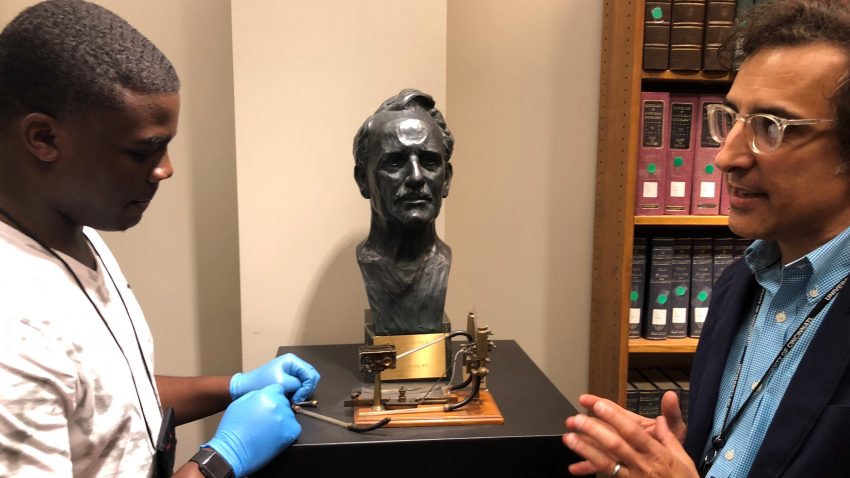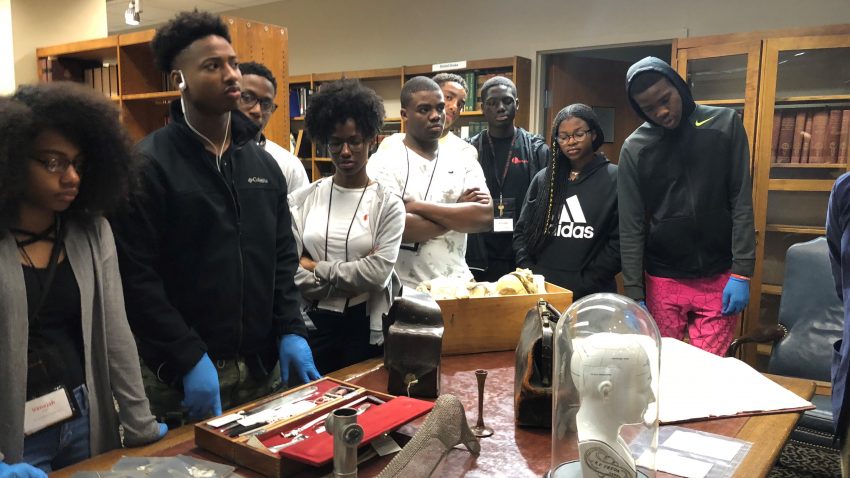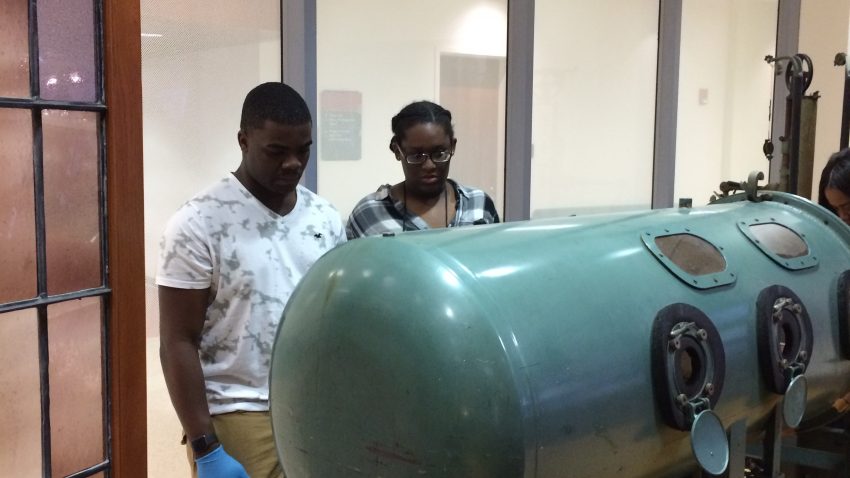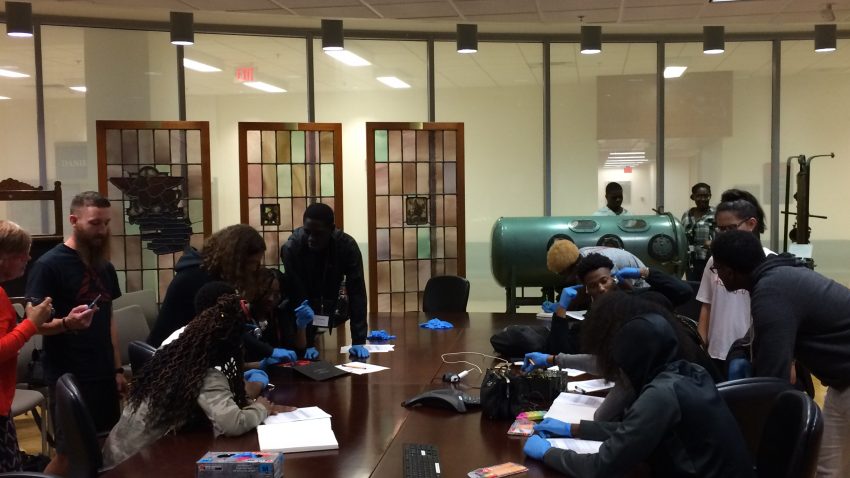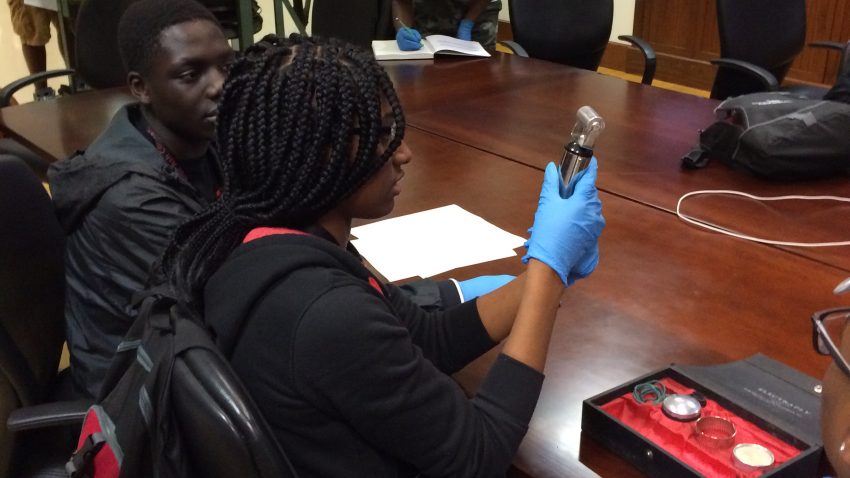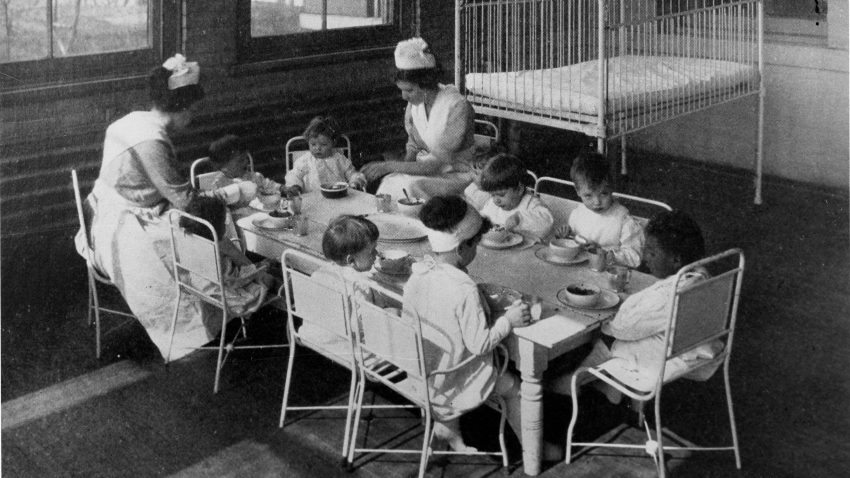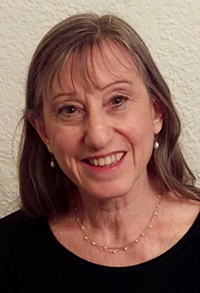Well, we lost another one. It is with sadness that we report the passing of our friend Dr. Ira Abrahamson, Jr. last Saturday, March 10.
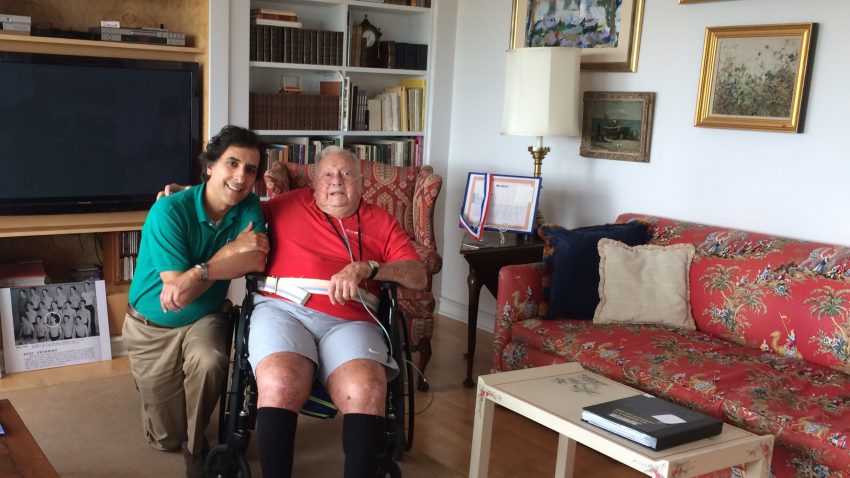
At Ira’s home, June 2017
Personally, it is Dr. Abrahamson’s humor and amiability that I will remember most–so just a quick story before the more formal obituary, which I hope Ira would appreciate.
I had only been at the Winkler Center about two weeks when Dr. Abrahamson showed up with several family members to see his collection and the small exhibit we have on his life and career. I was nervous meeting my first Winkler Center donor, but he immediately set me at ease. He reminded me that the hand of his I had just shaken was a hand also shaken by two popes from whom he had received papal blessings (he had the photographs to prove it). He then tried to convince me that the blessings bestowed on him by those pontiffs now had been conferred on me. I said “if that’s the case, then give me your other hand so I can shake it…why leave anything to chance?” He laughed. I felt better. We would share jokes from that point forward whenever he would visit the Winkler bringing in more materials or just friends with whom to share his many accomplishments. We’ll miss him.
The following obituary was sent to all faculty/staff of the College of Medicine on Wednesday, March 14. It is reprinted here with permission from the UC College of Medicine Dean’s Office.
Dr. Abrahamson attended the University of North Carolina at Chapel Hill on a swimming scholarship. He received his medical degree from the UC College of Medicine in 1948, as did his sister, Margaret, in 1946 and his son, Richard, in 1987. He completed his internship at Cincinnati General Hospital and his residency at the Illinois Eye and Ear Infirmary. He served for a year in the U.S. Coast Guard and then in the U.S. Army from 1951 to 1953 during the Korean War. Following military service, he returned to his native Cincinnati to practice with his father, Ira Abrahamson Sr., MD, who also was an ophthalmologist and on faculty at the College of Medicine.
A member of our faculty since 1964, Dr. Abrahamson rose to full professor before being named an emeritus professor in 2004.
Dr. Abrahamson became one of the first ophthalmic photographers in the world and invented several techniques to photograph the eye. Many of his images were used in his books on ophthalmology and eye care. He also traveled around the world lecturing, teaching and providing vision care to disadvantaged children.
Dr. Abrahamson received numerous honors in his lifetime, including the College of Medicine Distinguished Alumni Award in 2008 and the President’s Award of Excellence in 2014 from the University of Cincinnati. In 2001 he received the Distinguished Service Award from the University of North Carolina, and in 2000 he was named an Outstanding Philanthropist by Boston Children’s Hospital. He was inducted into the Medical Mission Hall of Fame in 2007 for his contributions to advancing the quality of life of others around the world. He even had audiences with three popes: Pius XII, Paul VI and John Paul II.
Dr. Abrahamson had a tremendous impact on vision care, education and research for more than 60 years. He worked tirelessly to eliminate preventable blindness in children, not only here in Cincinnati but around the world. In 1995, he created the Abrahamson Pediatric Eye Institute at Cincinnati Children’s. Working with the Cincinnati Rotary Club, the institute started the Vision Screening Program through Rotary International where 800 local chapters eventually joined in the program to detect vision problems in young children.
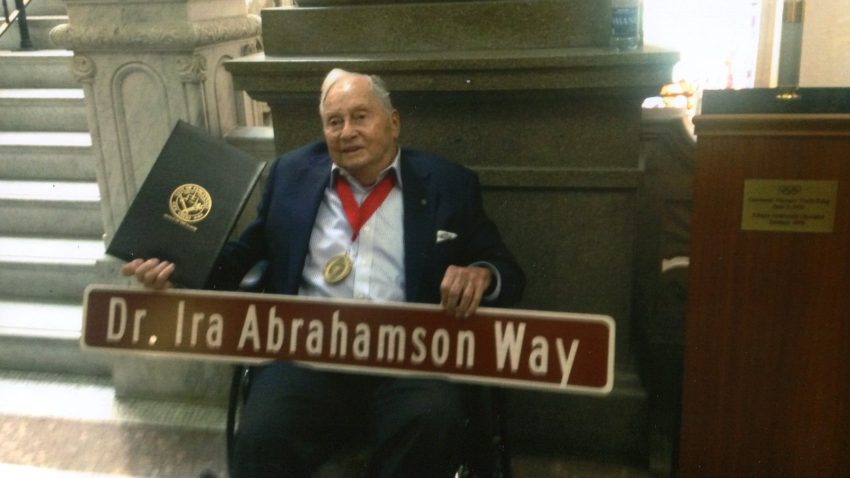
“Declaring that the street currently knowns as Shillito Place shall hereby receive the honorary secondary name of “Dr. Ira Abrahamson Way by legislative action of the May and City Council in honor…” Dr. Abrahamson getting his street, October, 2016
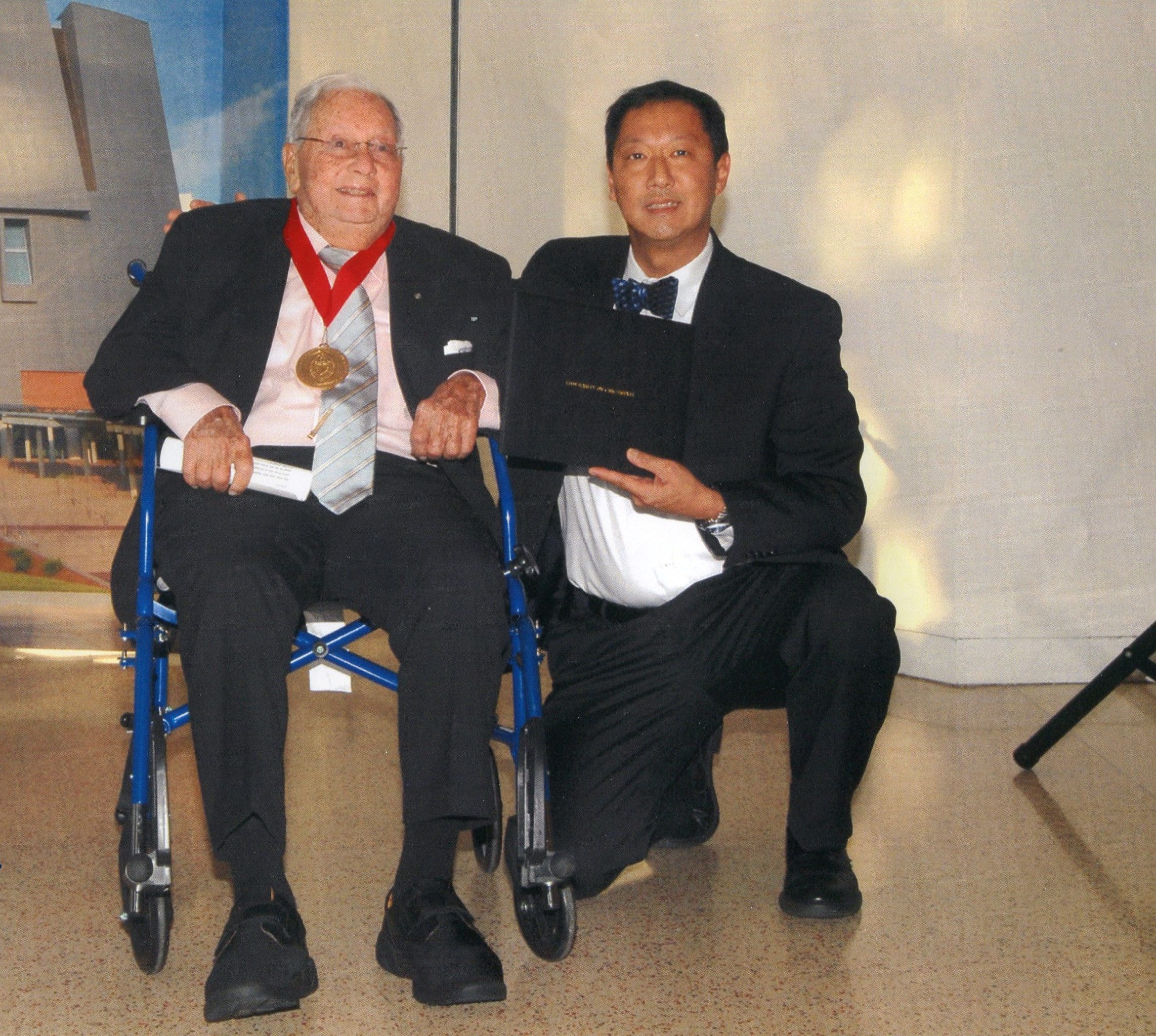
Dr. Abrahamson receives the University of Cincinnati President’s Award for Excellence from previous UC President, Santa Ono, 2014
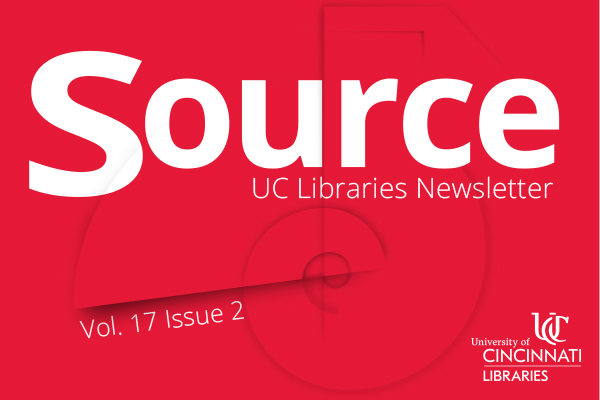 Read Source, the online newsletter, to learn more about the news, events, people and happenings in UC Libraries.
Read Source, the online newsletter, to learn more about the news, events, people and happenings in UC Libraries.
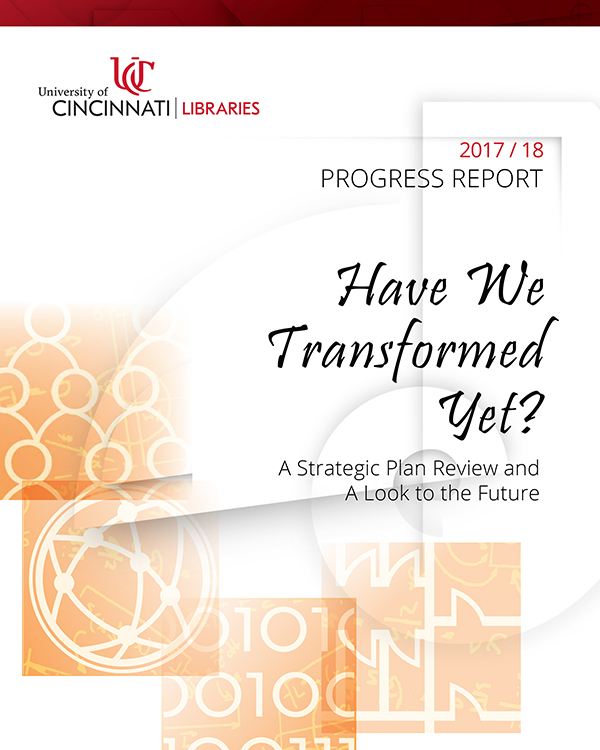 Read the
Read the 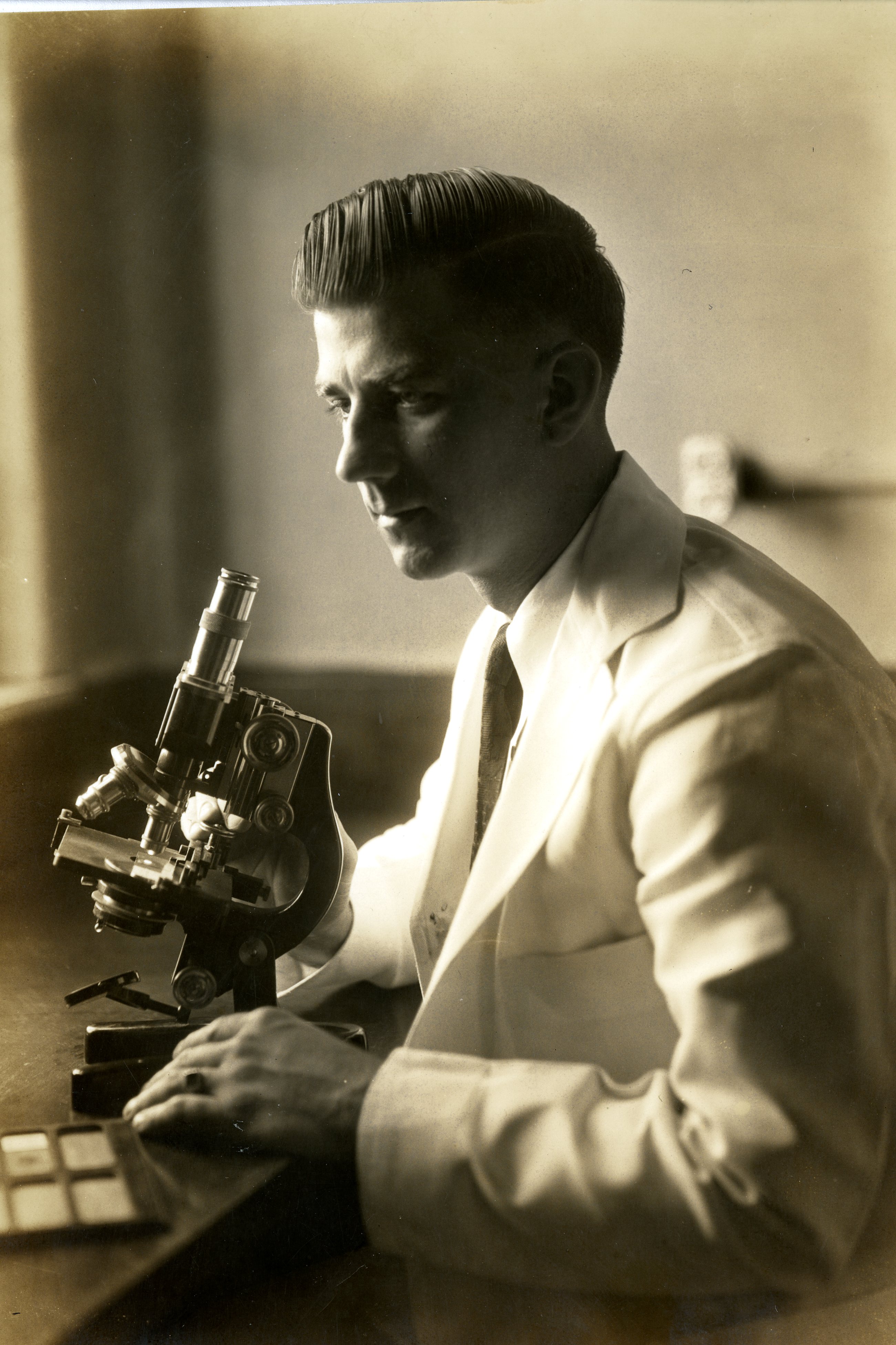
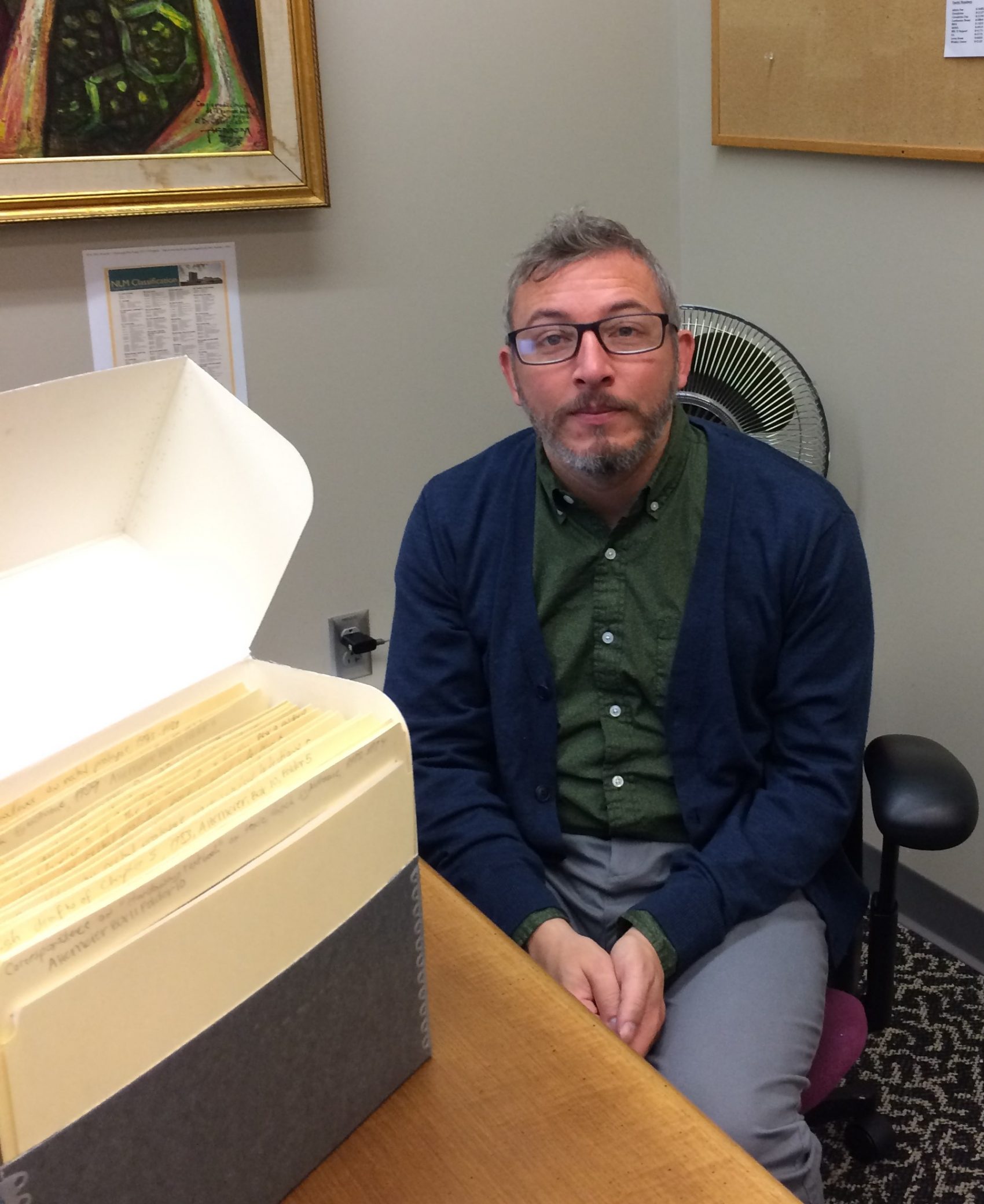 Preserving history and making it accessible has been a passion of mine, and I have been fortunate enough to work in a variety of settings and types of work. I started at the Public Library of Cincinnati and Hamilton County in 2006, where I performed reference assistance and have contributed to numerous projects involving rare and fragile material. I have been a volunteer at the Preservation Lab at Langsam Library for four years, where I help to mend damaged books and other material. For a look at the exciting work that happens there, you can visit their blog at
Preserving history and making it accessible has been a passion of mine, and I have been fortunate enough to work in a variety of settings and types of work. I started at the Public Library of Cincinnati and Hamilton County in 2006, where I performed reference assistance and have contributed to numerous projects involving rare and fragile material. I have been a volunteer at the Preservation Lab at Langsam Library for four years, where I help to mend damaged books and other material. For a look at the exciting work that happens there, you can visit their blog at 

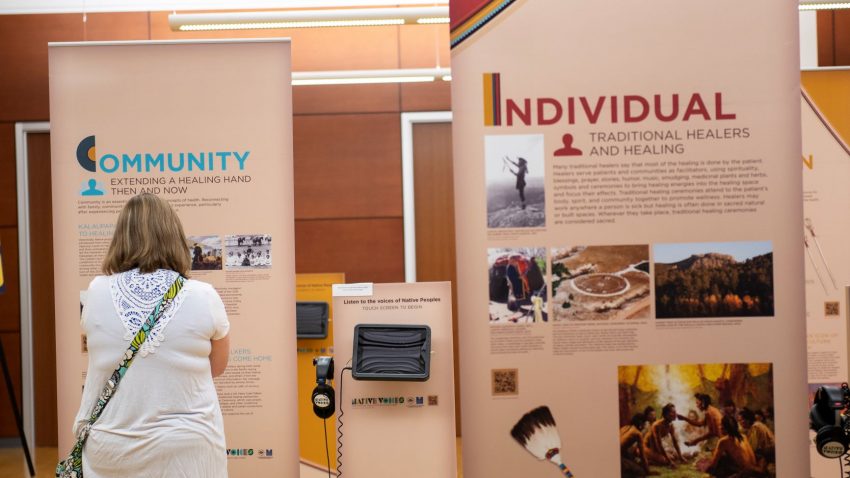
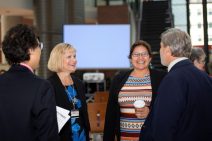
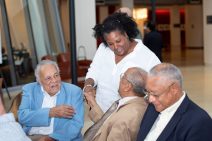
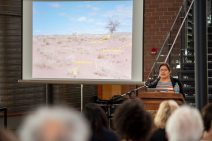
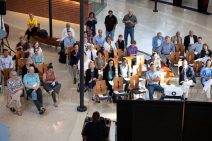
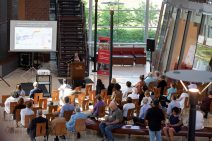
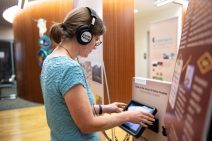
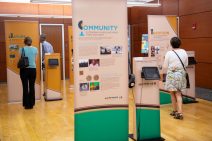

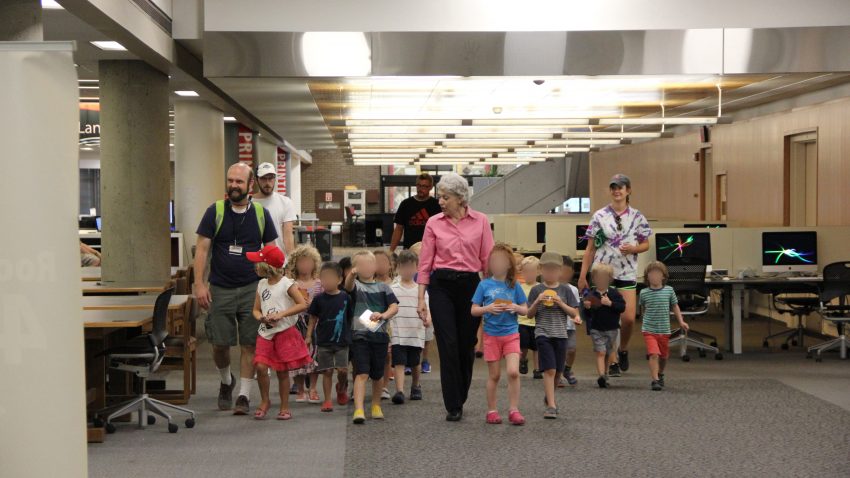
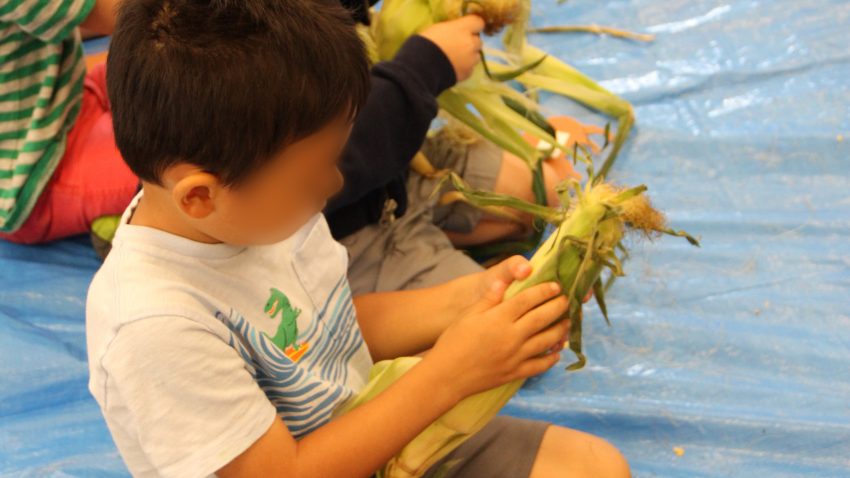
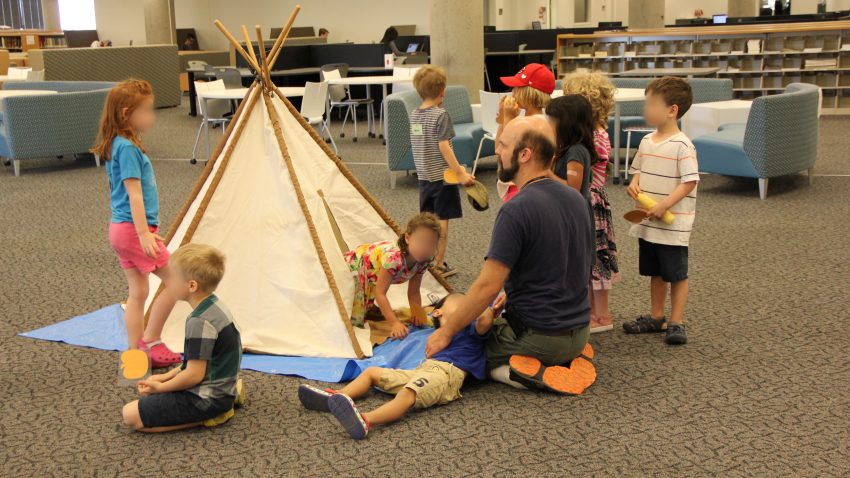
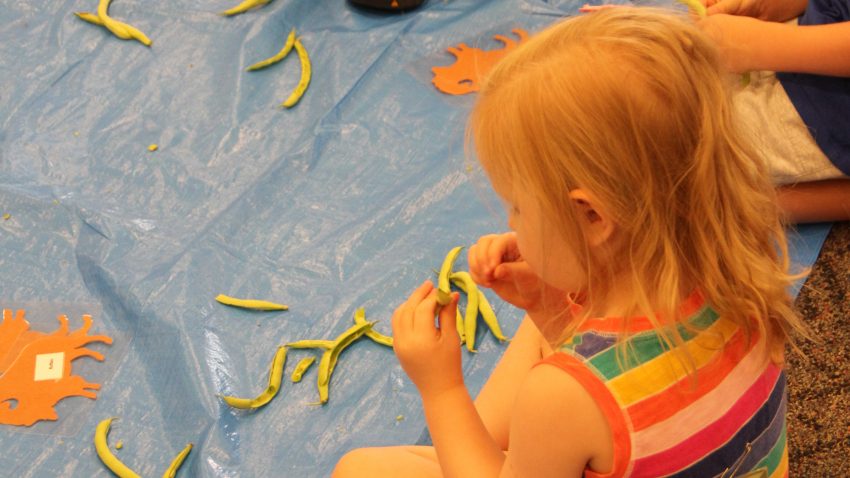 Finally, as a parting gift, each child received the book D is for Drum: A Native American Alphabet by Debbie and Michael Shoulders and Irving Toddy. The event lasted approximately an hour and at no time did our worries of waning attention spans among the children materialize. They never once lost interest. A success, if we do say so! And a huge thanks to all who assisted.
Finally, as a parting gift, each child received the book D is for Drum: A Native American Alphabet by Debbie and Michael Shoulders and Irving Toddy. The event lasted approximately an hour and at no time did our worries of waning attention spans among the children materialize. They never once lost interest. A success, if we do say so! And a huge thanks to all who assisted.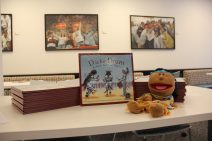
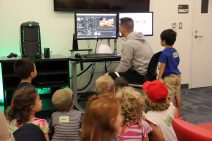

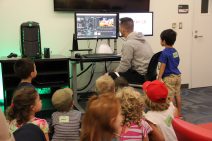
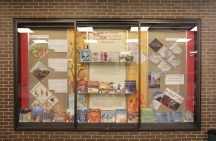

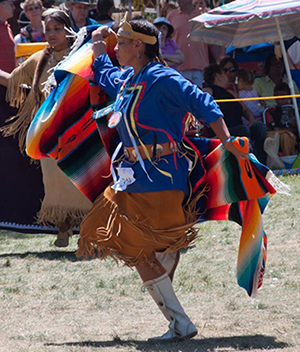
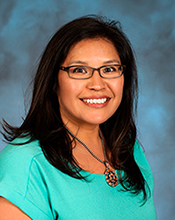
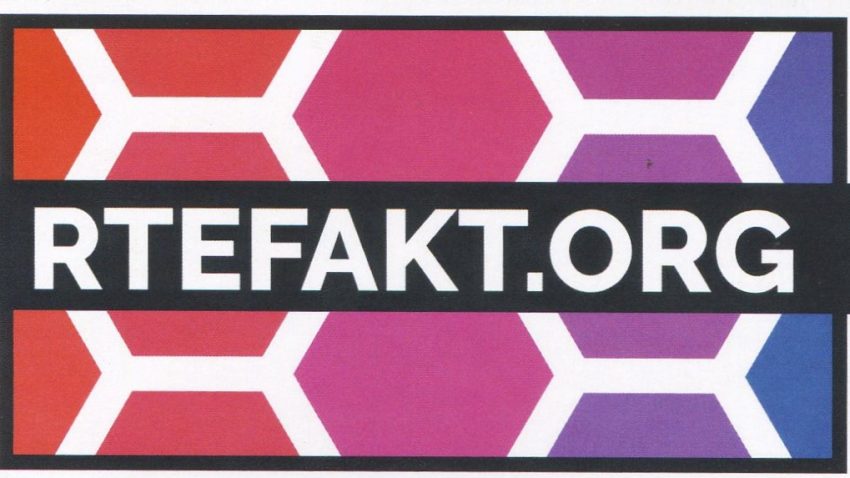 The Winkler Center would like to thank Nandita Baxi Sheth (DAAP) and the University of Cincinnati Scholars Program for seeking the Center’s participation in the Summer 2018 Scholars Program titled Artifact from the Future: A Trans Disciplinary Critical Inquiry Experience.
The Winkler Center would like to thank Nandita Baxi Sheth (DAAP) and the University of Cincinnati Scholars Program for seeking the Center’s participation in the Summer 2018 Scholars Program titled Artifact from the Future: A Trans Disciplinary Critical Inquiry Experience.